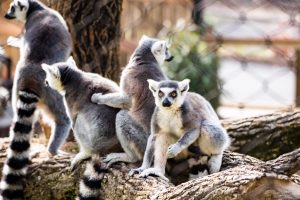(Delaware’s Becoming an Outdoors Woman program offers a wide range of hands-on courses for learning outdoor sports and activities. DNREC photos)
Wide Range of Courses From Archery to Wildlife Trapping; Registration Deadline is Sept. 23
Delaware’s 2022 Becoming an Outdoors-Woman (BOW) program is set for the weekend of Oct. 7 to 9 at Camp Barnes near Frankford, with a pre-registration deadline of Friday, Sept. 23, the Department of Natural Resources and Environmental Control announced today. The 2022 event marks the 23rd year that Delaware has hosted the program sponsored by the DNREC Division of Fish and Wildlife.
BOW offers a variety of 3.5-hour courses taught by DNREC staff and volunteer instructors, who share their expertise and provide instruction in a safe, supportive and non-competitive atmosphere. The cost of participating in the full BOW weekend is $215, which includes meals, lodging, instruction in and use of necessary equipment and supplies.
Participants can choose from a wide range of hands-on courses. This year’s BOW offerings include Freshwater and Saltwater Fishing, Build Your Own Bluebird Boxes, Coastal Forest Habitat Hike, What’s That Bug?!, Oyster Shucking and Cooking, Intro to Archery, Wetland Wonders Workshop, Intro to Birding, Kayaking, Cooking Your Catch (fish preparation and cooking), DIY Survival Bracelets, and Intro to Wildlife Trapping.
A specialty course this year at BOW is a mentored crossbow deer hunt, limited to six participants. The course involves learning how to safely use a crossbow and taking part in the mentored deer hunt at nearby Assawoman Wildlife Area. Participants in the hunt are required to have a Delaware hunting license and hunter education certification prior to the event. Each hunter will be partnered with a mentor during the managed hunt.
BOW registrations must be received by Friday, Sept. 23. More information about Delaware BOW weekend and including online registration, can be found at de.gov/bow.
About DNREC
The Delaware Department of Natural Resources and Environmental Control protects and manages the state’s natural resources, protects public health, provides outdoor recreational opportunities, and educates Delawareans about the environment. The DNREC Division of Fish and Wildlife conserves and manages Delaware’s fish and wildlife and their habitats, and provides fishing, hunting, wildlife viewing and boating access on nearly 68,000 acres of public land. For more information, visit the website and connect with @DelawareDNREC on Facebook, Twitter or LinkedIn.
Media Contacts: Michael Globetti, michael.globetti@delaware.gov; Joanna Wilson, Joanna.wilson@delaware.gov
###
